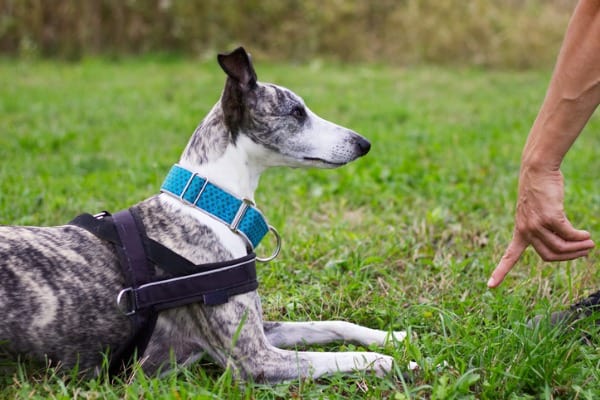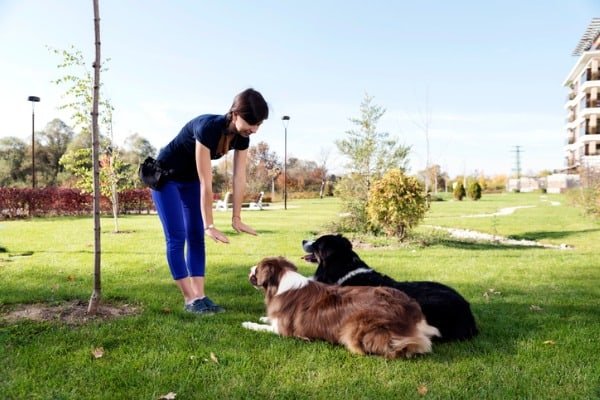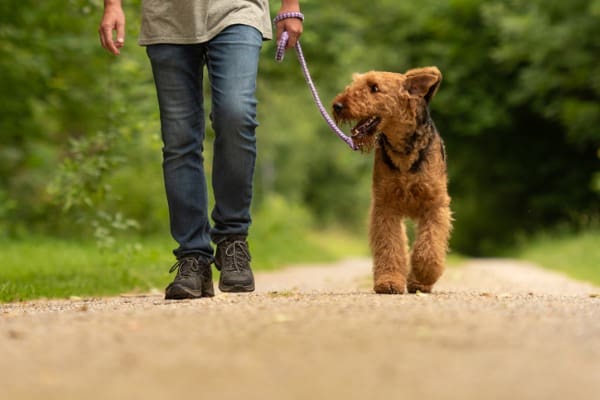When people come across advertisements of purebred dogs, they may think that dog breeders roll in cash.

How can it be difficult? You just wait till your pet gives birth to charming puppies, and they will be swept away like hot pies!
Dog owners believe that it’s really a piece of cake!
However, this business is not as simple as it may seem.
Today, we are going to dive into the requirements of becoming a successful dog breeder.
Difficulties dog breeders face

Not many dog breeders can boast of having a super profit.
More and more enthusiasts fall into the ranks of this business.
They plan to gain a fortune from selling puppies of elite breeds.
Beginners are sure that they only need to purchase a purebred female dog and breed it with a stud buck.
It never occurs to them how many underwater stones this business includes.
Like any other entrepreneurship activity, a beginner must consider numerous factors.
The primary risks include the lack of required knowledge, health grounds, marketability, competition, and dozens of other aspects.
Dog breeders must target the audience of potential dog owners.
Thus, they should conduct market research and estimate the profitability. Visible results can be achieved at some time.
A constant flow of buyers and a reputation of a reliable dog breeder will come to you in several years.
One purebred female dog won’t bring you a fortune.
Expenses on keeping and maintaining her will reduce the profit from selling puppies to nothing.
If you are seeking a stable income, you should work with at least ten females and up to three males, that can guarantee a stable birth of puppies.
All your time will be devoted to taking care of your dogs, training them, and keeping them healthy, fit, and well-fed.
How to choose a breed?

There are around 350 dog breeds on the planet. They have groups, clusters, and other divisions.
While choosing a dog for your business, you should not rely only on your personal preferences.
“Fashion” for dogs tends to change. After the “Hachi: A Dog’s Tale” was released in 2009, Akita Inu breed took over the world! In the previous century, Rough Collie dogs were at the peak of their popularity due to the “Lassie” character.
Thus, you should consider the consumers’ needs and demands. One also can’t forget about the size and weight of a dog.
They directly influence adulthood. Large breeds yield progeny once they turn around 1.5 years old, while small dogs can be bred at the age of 1.3.
You must remember that dogs are not rabbits! They can’t bless you with beautiful puppies four times a year.
On average, you can expect to have pups three times per in two years.
What skills and knowledge do you need to become a dog breeder?

If you want your puppies to be of market value, you should study or at least dive into the peculiarities of such professions as a vet, groomer, handler, and cytologist.
We want to emphasize the fact that a dog breeder must love his job and have an eternal love for animals.
You must at least have a High School diploma. Bachelor’s in Veterinary Science is recommended but not necessary.
Besides, there is a diversity of courses and classes that can help you in obtaining the fundamentals of becoming a dog breeder.
These courses typically introduce their students to the whole process of getting a healthy and beautiful puppy.
They cover the anatomical aspects as well.
In addition, we would highly recommend you obtain the knowledge and skills of a dog trainer.
Remember that a dog already knows how to sit and lay down.
This education will teach you how to make a dog behave in a certain way when you need this.
What does the price of a puppy depend on?
The price range directly depends on the quality of a breed. Dog breeders divide the posterity into three classes:
- a pet class includes weak or culled animals that don’t compliant with breed’s standards: wrong size, weight, color, etc.;
- a breed class comprises dogs that meet breed’s standards and are qualified for further commercial breeding;
- a show class represents the most expensive dogs. Females and males that fully meet the requirements and standards of a breed: appearance, a state of health, skills, and even character. Dogs of this class participate in various shows.
